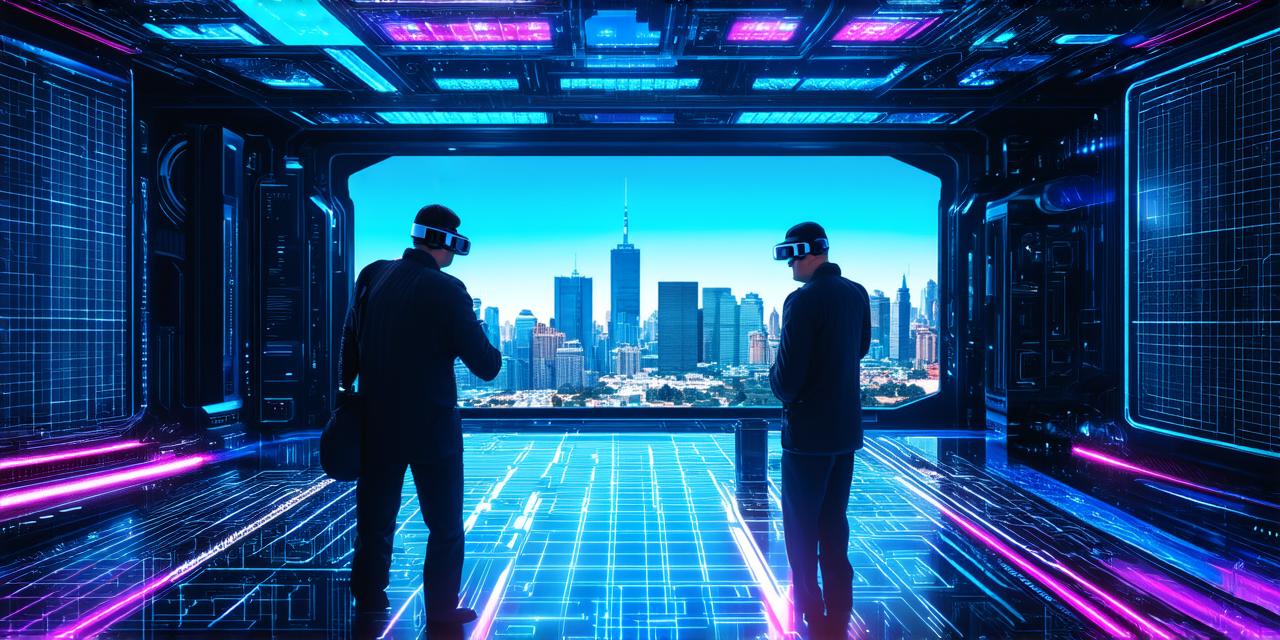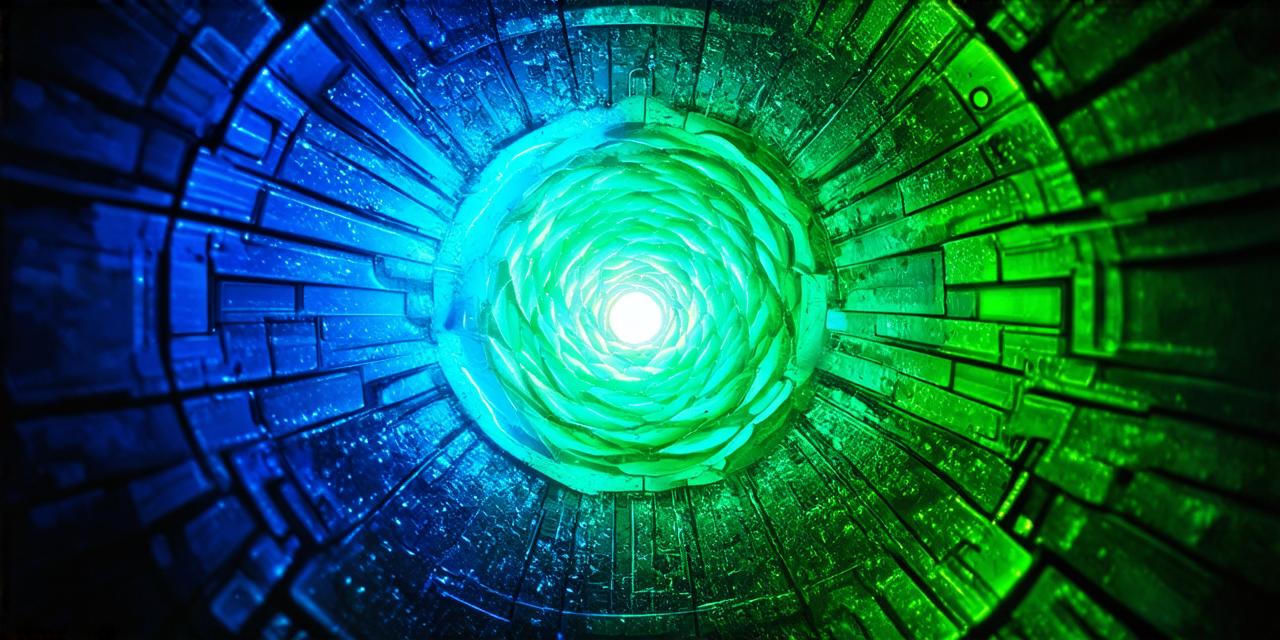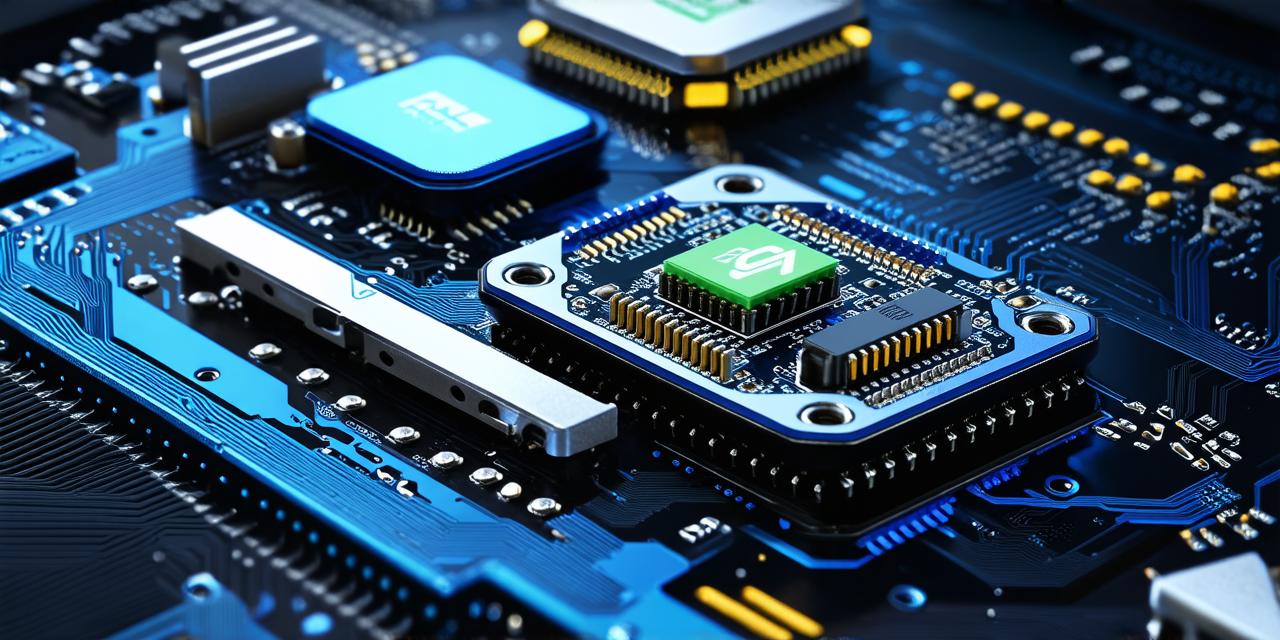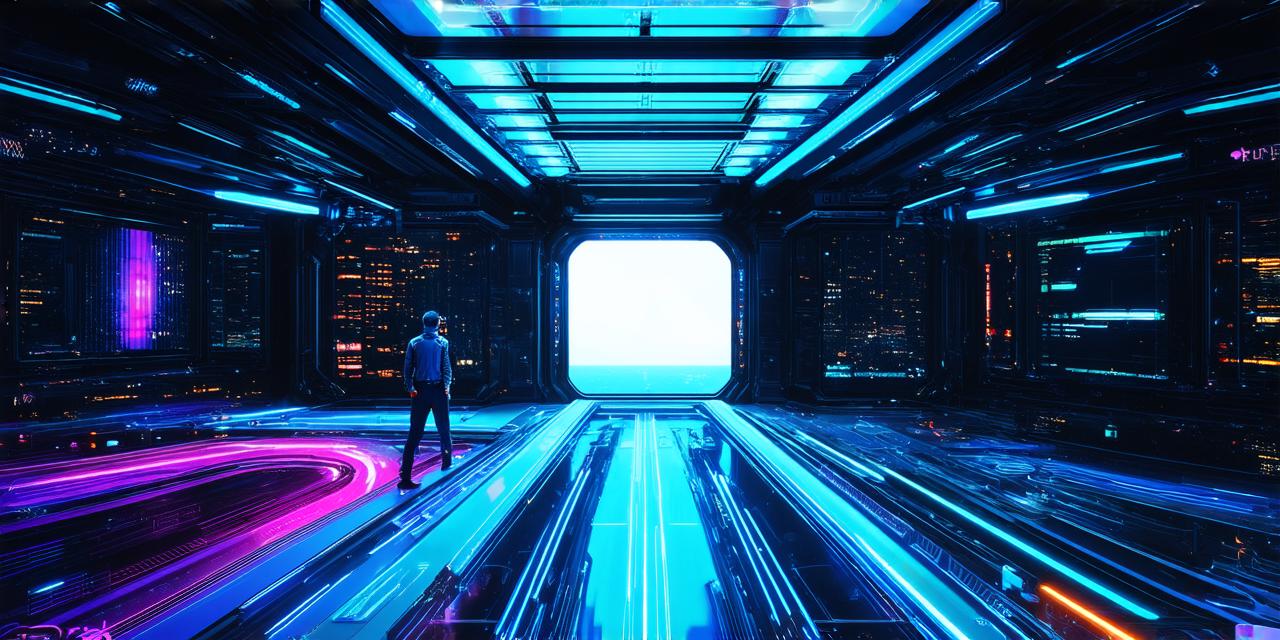Here’s the corrected HTML code for the article:
Mixed reality (MR) is a type of augmented reality (AR) that blends digital objects with the real world. Unlike virtual reality, which creates a completely artificial environment, MR allows users to interact with both physical and digital elements simultaneously.
This technology has many applications across various industries, including gaming, education, healthcare, and more.
One example of MR in gaming is the use of AR games like Pokemon Go and Ingress. These apps allow players to interact with virtual creatures and objects in real-world environments. Users can capture virtual creatures and complete quests while exploring their surroundings, creating an immersive and engaging experience.
In education, MR technology is being used to enhance learning experiences. For example, the HoloDeck VR system uses MR to create a 3D holographic environment that allows students to interact with virtual objects in real time. This can be particularly useful for subjects like biology and physics, where students can visualize complex concepts and perform experiments without leaving the classroom.
Healthcare is another industry that has adopted MR technology. It is being used for surgical procedures, where doctors can overlay digital information onto the patient’s body to improve accuracy and reduce risk. For example, during a heart surgery, the surgeon can use MR to visualize the patient’s anatomy and locate key blood vessels and organs.
Another application of MR technology is in the field of manufacturing. Companies are using it to create virtual prototypes and perform simulations before actually building physical products. This can help reduce costs and improve efficiency by identifying potential design flaws and optimizing production processes before they occur.
In conclusion, mixed reality technology has many applications across various industries. It allows users to interact with both physical and digital elements simultaneously, creating an immersive and engaging experience. As the technology continues to evolve, we can expect to see even more innovative uses of MR in the future.



